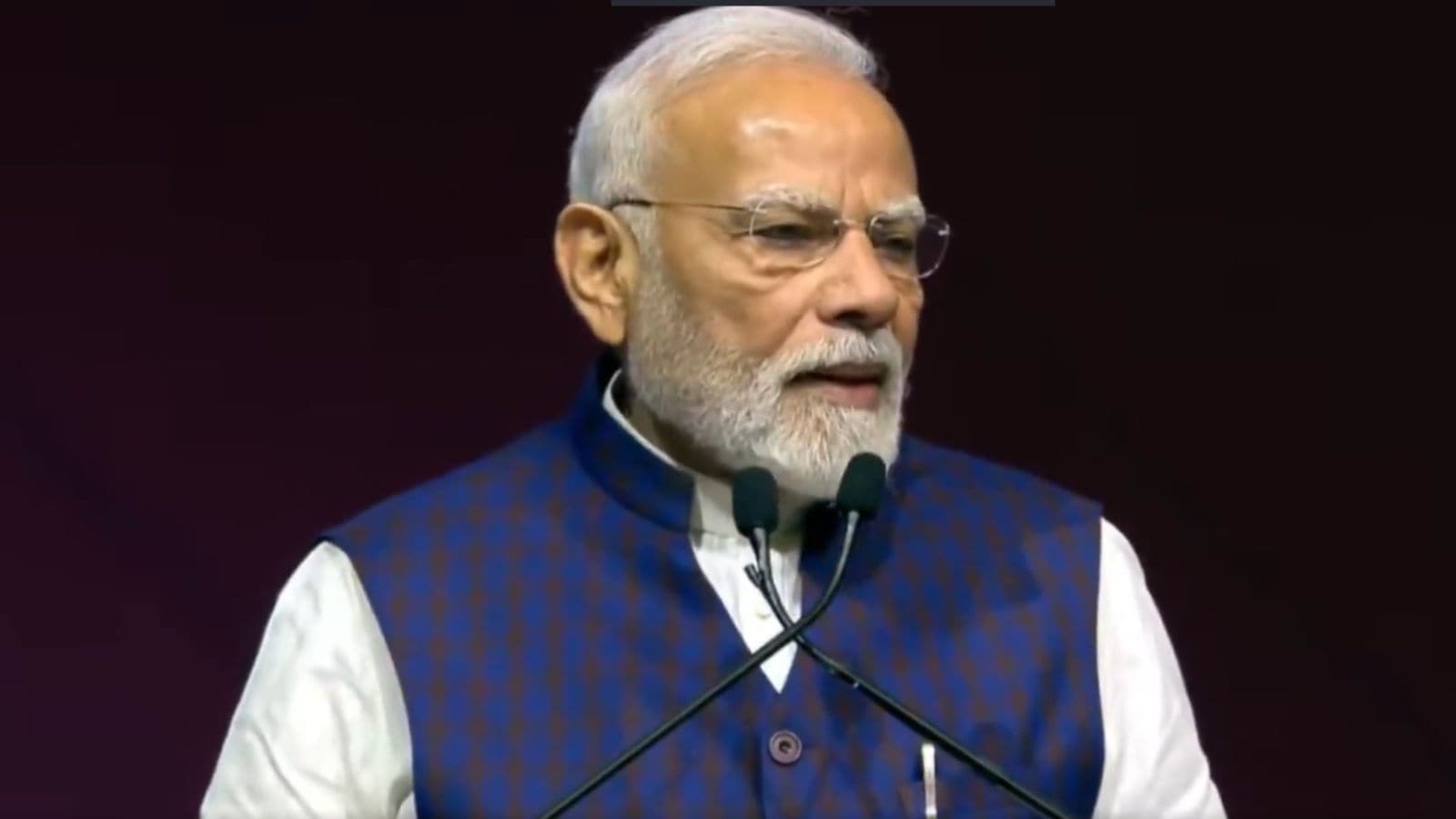
US Tariffs: A Chance for India's Manufacturing Reforms
The recent tariffs imposed by the United States are seen as a significant challenge but also an opportunity for India to revamp its manufacturing sector. Naushad Forbes, the former president of the Confederation of Indian Industry (CII), shared insightful perspectives on this matter in an interview. He argues that the Indian government needs to focus on broad-based deregulation, particularly in land use and business operations, to enhance the attractiveness of manufacturing for Indian capital.
Forbes suggests that immediate support should be provided to smaller firms that have confirmed orders from US customers affected by these tariffs. This short-term assistance is crucial for their survival. In the medium term, he emphasizes the need for India to diversify its customer base by pursuing free trade agreements (FTAs) with various countries, especially in the vibrant economic region of Asia.
Looking at the long term, Forbes highlights the importance of improving the overall competitiveness of the Indian economy. This requires addressing the cost of doing business and implementing deregulation at both the Union and state levels. He points out that effective governance should involve empowering local cities, ensuring they have the accountability and autonomy needed to thrive.
India's urban infrastructure is also in dire need of reform, with cities grappling with traffic congestion and inadequate interconnectivity. Forbes argues that land use regulations must be fundamentally readdressed to enable better urban planning and development.
Another area of concern is the quality control orders (QCOs) that many believe serve as non-tariff barriers rather than genuinely enhancing quality. Forbes suggests re-evaluating these systems, as they may not be serving the national interest effectively. Furthermore, he discusses the inverted duty structures in various industries, such as textiles and steel, which hinder competitiveness.
Forbes further explores India's relationship with China, noting that while security concerns exist, the depth of Chinese manufacturing offers valuable lessons. He advocates for learning from China’s competitive practices in various sectors without compromising India’s strategic interests.
Finally, he emphasizes the need for states to compete based on the ease and cost of doing business, rather than through financial incentives that could lead to a detrimental race to the bottom. By focusing on deregulation and improving infrastructure, India can create a more favorable environment for foreign direct investment, particularly in manufacturing sectors.











